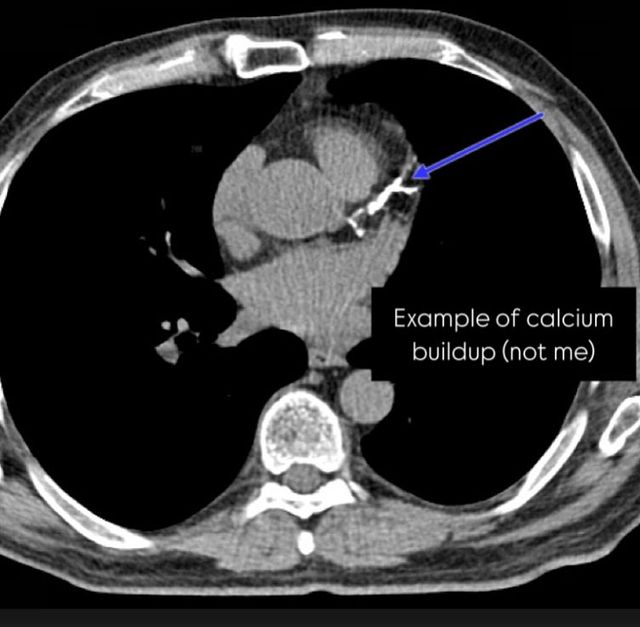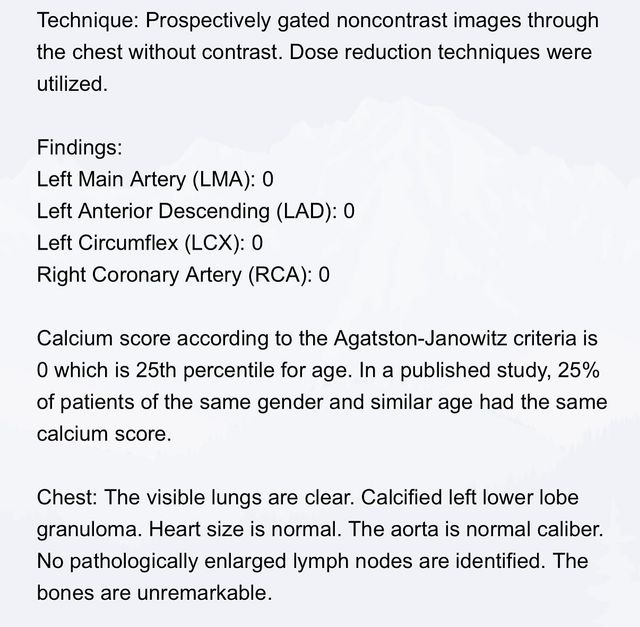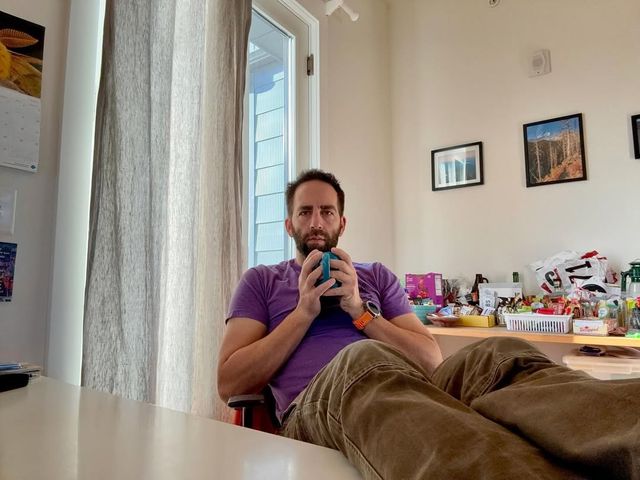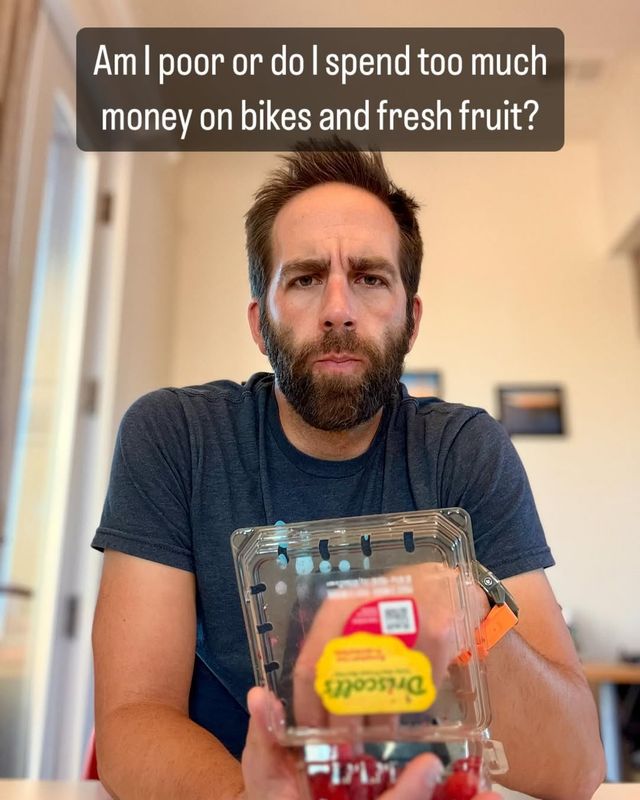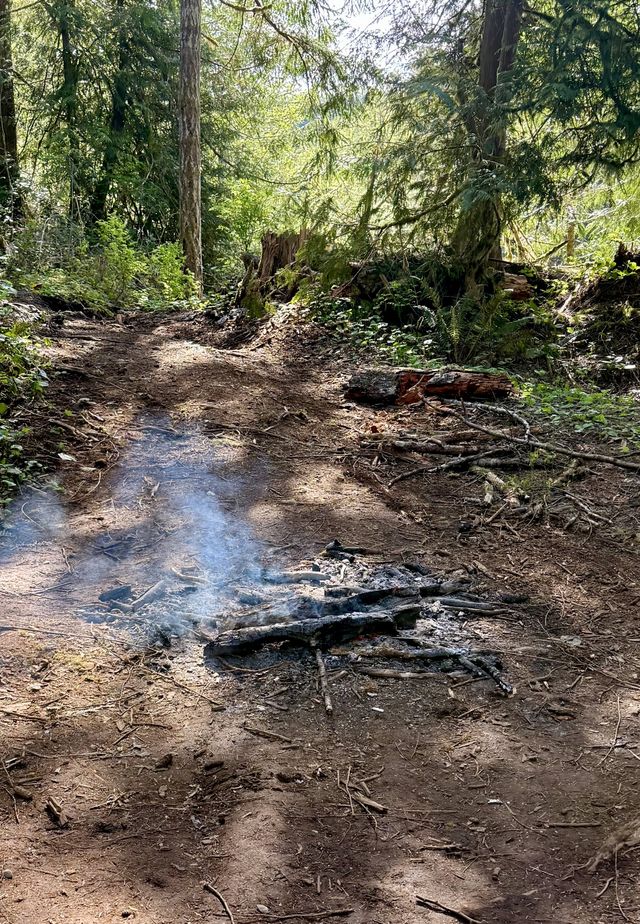
I had a lovely ride up in the southern Olympics today, deep in the National Forest. I saw only one hiker and two cars the entire ride. Blissful. But about six miles from the car, I noticed smoke drifting across the road. Odd. I passed a pullout and spotted a fire burning. Surely someone was nearby? I circled back—no car, no person, just a fire smoldering on the ground.
There on the ground were a couple of large branches—one with a small, steady flame—surrounded by coals and ash. No fire pit, no ring of stones, and dry fuel all around, with the coals still quite hot. “You’ve got to be fucking kidding me.”
Near the end of my ride and low on water, I used what I had (both inside and out of my body) to douse the flame. I pulled everything into a tighter circle away from the dry debris and spent five minutes searching for water nearby. Nothing. I biked back to the car to return with more.
At the car, I stowed my gear, filled a jug at a nearby stream, and drove back. Even with the extra water, it wasn’t enough. Luckily, a passing truck stopped when I waved them down. They buried the fire with a shovel while I went to find more water. A few miles up the road, I found safe access to Donkey Creek and brought back over a gallon. The fire was mostly buried by then, and I doused the last exposed hot spots. Once home, I sent the Forest Service the coordinates, hoping someone might check it in the morning.
In case you haven't noticed, the Western US is a tinderbox starting in June. If I hadn’t spotted that fire, it could’ve sparked a bigger blaze—even with the current dampness. In a month? It could’ve torched thousands of acres. This is why I’m simply against campfires unless the situation is truly dire. I’ve walked through too many burn areas. On the PCT, I passed trees still steaming. From the summit of Mt. Adams, I once watched a wildfire ignite on my exit route.
Nearly 85% of wildfires in the U.S. are human-caused. It’s not worth it anymore.


